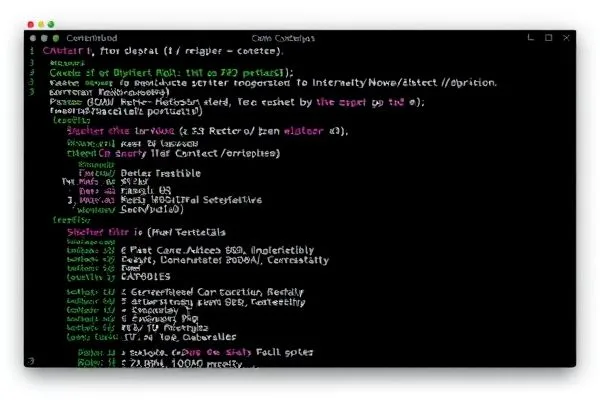Critical Vulnerabilities in Advantive VeraCore and Ivanti EPM: A Call to Action for Security Professionals
The U.S. Cybersecurity and Infrastructure Security Agency (CISA) has recently identified five significant vulnerabilities in Advantive VeraCore and Ivanti Endpoint Manager (EPM) that are actively being exploited in the wild. This alert emphasizes the crucial need for organizations to prioritize patching these vulnerabilities, especially within federal sectors and beyond.
Key Takeaways
- Urgent Response Required: Organizations must act swiftly to remediate identified vulnerabilities before they are exploited.
- Insights on Threat Actors: The XE Group, a Vietnamese threat actor, has been linked to attacks exploiting the VeraCore vulnerabilities.
- Broader Cybersecurity Landscape: Vulnerabilities in other systems highlight the continuous threat faced by organizations globally.
Understanding the Vulnerabilities
CISA’s addition of these vulnerabilities to the Known Exploited Vulnerabilities (KEV) catalog illustrates the serious security risks associated with Advantive VeraCore and Ivanti EPM. The following vulnerabilities should be addressed immediately:
- CVE-2024-57968: An unrestricted file upload vulnerability within Advantive VeraCore that permits remote, unauthenticated attackers to upload unauthorized files.
- CVE-2025-25181: An SQL injection vulnerability allowing an unauthorized remote attacker to execute arbitrary SQL commands.
- CVE-2024-13159, CVE-2024-13160, CVE-2024-13161: Multiple absolute path traversal vulnerabilities in Ivanti EPM that enable unauthorized access to sensitive information.
Response to Active Exploitation
Recent reports attribute the exploitation of VeraCore vulnerabilities to the XE Group, which has been deploying reverse shells to maintain persistent remote access. While the Ivanti EPM vulnerabilities have no current public exploits reported, a proof-of-concept exploit has emerged, showcasing potential attacks that could leverage credential coercion.
Given the existence of these vulnerabilities and the active exploitation confirmed, it is imperative that Federal Civilian Executive Branch (FCEB) agencies implement the necessary patches by the upcoming March 31, 2025 deadline. This aligns with broader warnings from threat intelligence firms regarding mass exploitation trends, notably affecting critical vulnerabilities such as CVE-2024-4577.
Conclusion
The emergence of these vulnerabilities highlights the ongoing challenges that organizations face regarding cybersecurity. Prompt action to resolve these vulnerabilities is essential not only for compliance but also for protecting sensitive data and ensuring organizational integrity. The evolving cyber threat landscape underscores the need for continuous vigilance and proactive security measures.
FAQs
What should organizations do to protect against these vulnerabilities?
Organizations should apply security patches immediately and conduct regular vulnerability assessments to identify and remediate weaknesses in their systems.
Who is the XE Group?
The XE Group is a suspected Vietnamese threat actor known for exploiting vulnerabilities to maintain unauthorized access to compromised systems.
Are there other vulnerabilities that organizations should be concerned about?
Yes, vulnerabilities such as CVE-2024-4577 and others reported by threat intelligence agencies should also be monitored and addressed.
What are the potential consequences of failing to patch these vulnerabilities?
Failure to patch these vulnerabilities could lead to data breaches, unauthorized access, and potentially severe implications for organizational security and compliance.









